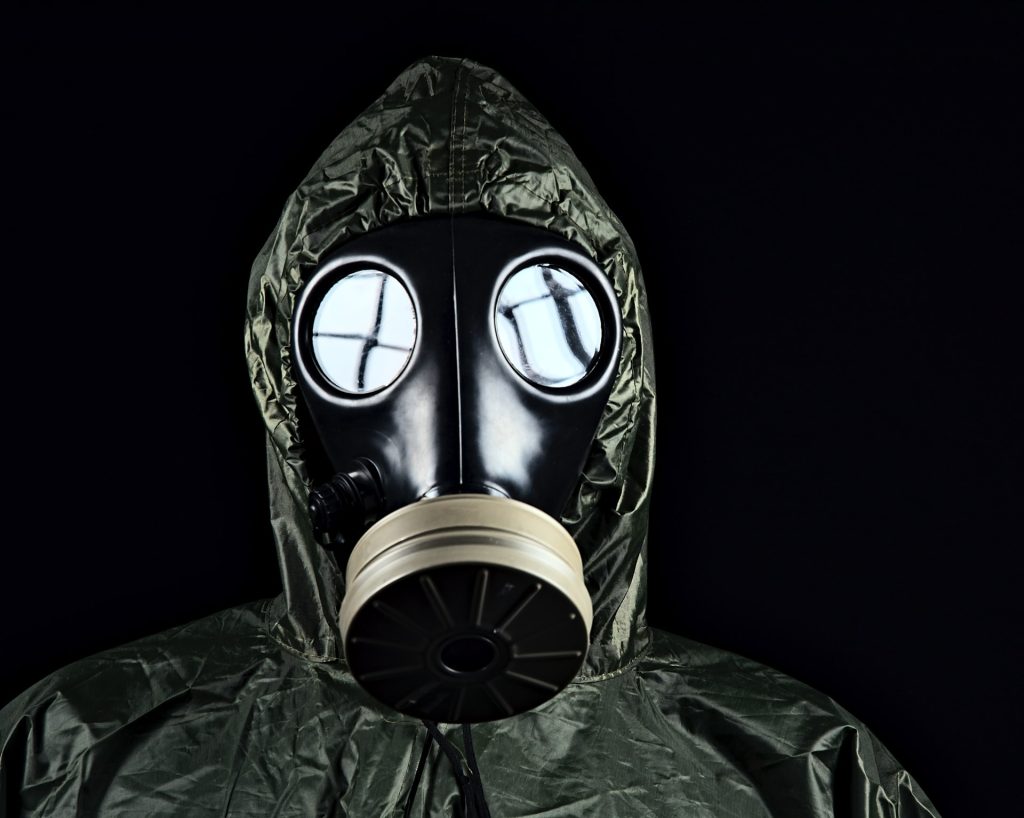
Carbon monoxide (CO) is an odourless and colourless gas is produced from incomplete burning, and is a silent killer, binding to haemoglobin with few treatments available other than administering oxygen. Now, research published in Chemical Communications suggests a path to a possible antidote.
In the US, more than 400 deaths and 20 000 emergency room visits are attributable to carbon monoxide (CO) poisoning every year. While CO detectors and making sure fireplace and heaters work correctly can help prevent exposure, there are limited treatment options for those suffering from CO poisoning.
To address this, Tim Johnstone, an assistant professor of chemistry and biochemistry at UC Santa Cruz, has been working to develop an easy-to-administer antidote.
“If you are exposed to carbon monoxide, the primary treatment right now is fresh air,” said A/Prof Johnstone. “It is a question of time. In fresh air, you need four to six hours for the level of CO in your blood to be cut in half. With 100 percent oxygen or hyperbaric oxygen, the half-life shortens further. Even then, the high blood levels of CO can persist long enough to lead to long-term deficits and neurological problems.”
A/Prof Johnstone has been studying the chemistry of carbon monoxide. In a biological context, CO binds to metal centres such as the iron in haemoglobin, preventing this protein from carrying out its oxygen carrying function.
To mitigate this, A/Prof Johnstone has designed small molecules that possess many of the features of the active site of haemoglobin but can bind CO much more tightly than the protein. In his most recent study, his group described the ability of one such molecule to bind CO, sequester CO that is already bonded to haemoglobin, and rescue red blood cells exposed to CO: all promising signs for a future antidote.
These are early results, said A/Prof Johnstone, but the hope is to create a point-of-care treatment that can be administered quickly. The most common carbon monoxide poisoning symptoms are headache, dizziness, weakness, upset stomach, vomiting, chest pain, and confusion. Because it mimics the flu, people may experience symptoms without realizing the danger and delay seeking treatment.

